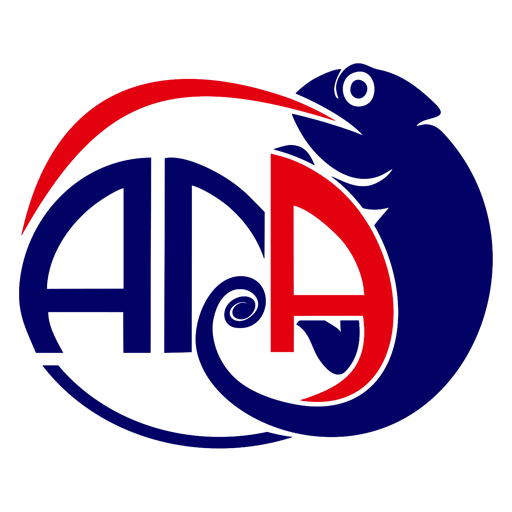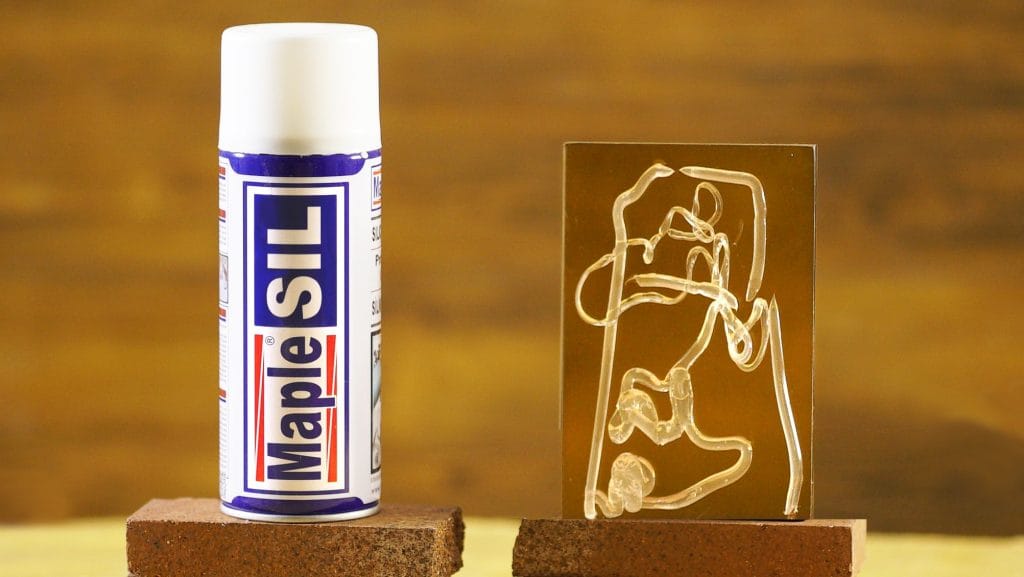In this article, we will explore the best cleaners and solvents for adhesives. Join us as we discuss the various uses of adhesives in our daily lives and the challenges that come with them. It’s common to encounter adhesive spills on different surfaces or to find residue left behind after removing glued components. Therefore, one of our concerns when working with adhesives is often how to remove them effectively.
As we have all experienced, some adhesives do not easily come off surfaces, skin, or clothing, and some may even damage the treated surface after removal. Thus, adhesive cleaners and solvents can help reduce the adhesive’s stickiness, allowing for easier removal or cleaning of the affected surfaces. We recommend that readers pay attention to the ingredients and application conditions when selecting an adhesive cleaner to achieve the best results.
What is an Adhesive Solvent or Cleaner?
An adhesive solvent or cleaner is a substance that can dissolve other materials. Typically, solvents are in liquid form, though solid and gaseous solvents are also available. The most well-known and effective solvent is water, which can dissolve a wide range of substances, which is why many other solvents are water-based.
Various types of adhesive solvents are available in the market, including water, ethanol, toluene, methanol, acetone, remover, benzene, methyl acetate, and more. We will explain each of these in detail. You may wonder why the use of a solvent is necessary? The need arises when the adhesive has spilled onto an undesired area, or if it has dripped onto skin, clothing, floors, carpets, etc., and it must be cleaned with the appropriate solvent.
Factors Influencing the Selection of the Best Adhesive Cleaners
The selection of the best adhesive cleaners and solvents depends on several factors. Before purchasing an adhesive cleaner, you should be aware of the factors that will influence your choice and purchase. Below are these factors, along with brief information about each:
- Type of Surface:
The type of surface that the adhesive is on plays a critical role in selecting a solvent. For instance, some cleaners may damage sensitive surfaces, such as leather, plastic, or wood.

Types of Cleaners and Solvents:
- Alcohol
- Water
- Vinegar
- Gasoline
- Fresh Lemon Juice
- Acetone
- Methanol
- Ethanol (Alcohol)
Alcohol
Alcohol is one of the best cleaners and solvent options for all types of surfaces, such as glass, plastic, metal, and wood. Due to its solvent properties, it can easily dissolve adhesive off surfaces.
Water
Water is the most well-known and effective adhesive cleaner and solvent, capable of dissolving a wide range of materials, which is why many other solvents are water-based.
Vinegar
Vinegar can be used as an adhesive cleaner for surfaces like plastic, metal, and glass. To use, soak a soft cloth in vinegar and place it on the area with adhesive residue. After a few minutes, the adhesive should easily come off.
Gasoline
Gasoline can effectively dissolve adhesives and various stains due to its strong solvent properties. However, using gasoline as a cleaner is dangerous because it is flammable, and improper use can lead to fire hazards. Additionally, inhaling gasoline vapors can cause poisoning. Overall, it is recommended not to use gasoline as a cleaner.
Fresh Lemon Juice
Fresh lemon juice can also serve as an effective adhesive cleaner. Its acidic properties can help dissolve adhesive easily. You can also use lemon juice as a natural cleaner for tables, sinks, and even your clothes.
Methanol
Methanol, or industrial alcohol, serves as a solvent due to its effective dissolving properties, but it is hazardous and can cause fire hazards and poisoning if used incorrectly.
Acetone
Acetone can be utilized as a strong adhesive cleaner due to its strong solvent properties. However, it is also flammable and can lead to fire hazards. Inhaling acetone vapors can cause poisoning and dizziness. Additionally, acetone can dissolve paint and many chemical substances, potentially damaging the surfaces you intend to clean. Therefore, for the reasons mentioned, acetone is not an ideal option for cleaning adhesives.
What is the Best Method for Removing Adhesive?
If you’re looking for the best way to remove adhesive from a surface or even from your skin, using an adhesive cleaner spray is recommended. Ana Shimi Araz produces high-quality adhesive cleaner sprays that leave no residue on surfaces for foam adhesives and silicone adhesives.
Final Thoughts
In this article, we provided detailed information about various adhesive cleaners and solvents. You now know what factors influence the selection of the best adhesive cleanser, and you are aware that the best method for removing adhesive is to use an adhesive cleaner spray. Ultimately, we hope the content of this article will assist you in finding an effective and informed method for cleaning adhesives.



